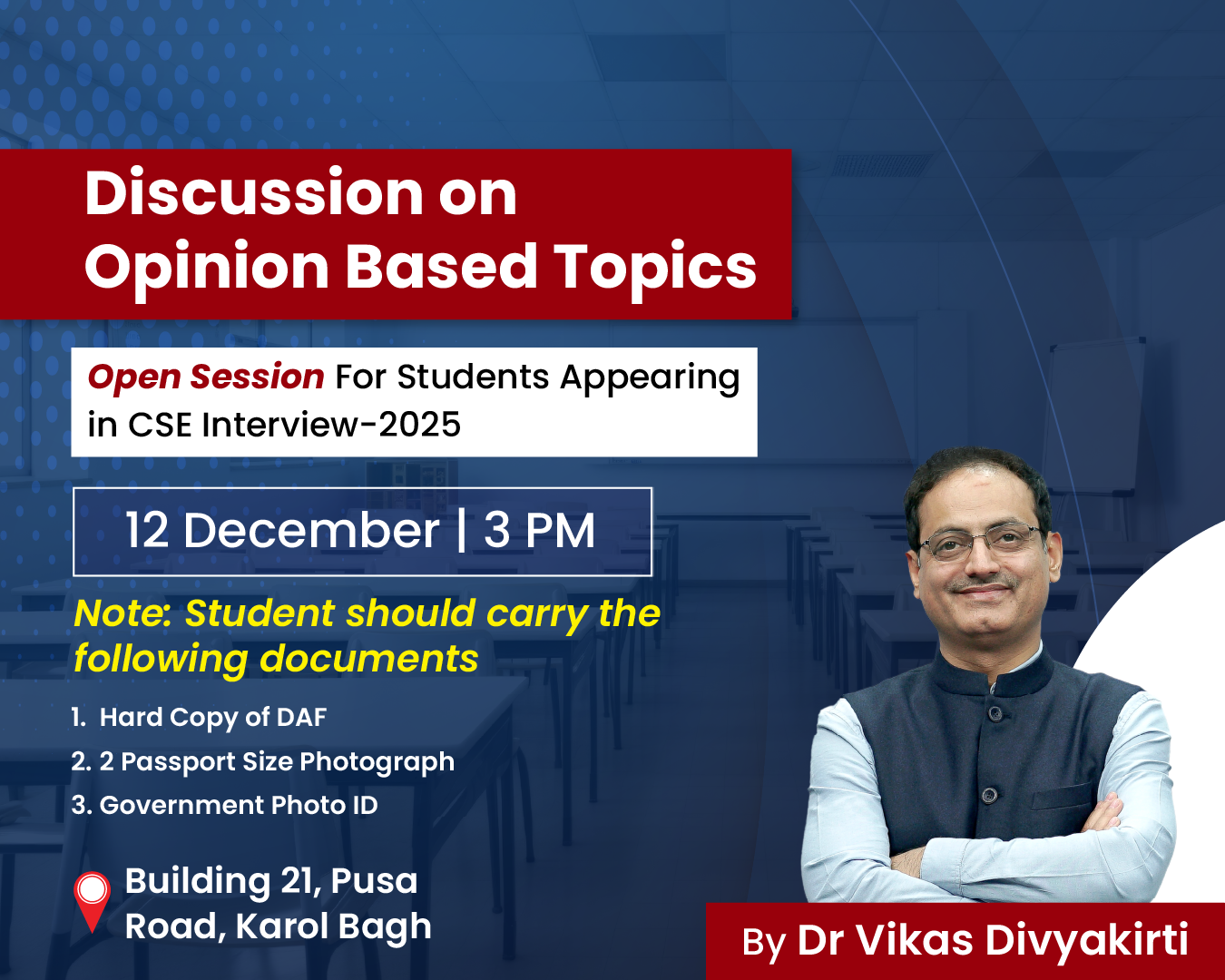-
16 Jun 2025
GS Paper 1
Indian Heritage & Culture
Day 1: Examine the contrasts and continuities between the urban culture of the Indus Valley Civilization and the pastoral society of the early Vedic period. (250 words)
Approach :
- Briefly introduce both the Indus Valley Civilization (IVC) and the early Vedic period.
- Mention the contrasts and continuities between the two.
- Conclude with scholarly comments.
Introduction :
The Indus Valley Civilization (IVC), flourishing between 2600–1900 BCE, was one of the world’s earliest urban civilizations, known for its sophisticated town planning and trade networks. In contrast, the early Vedic period (1500–1000 BCE) marked the arrival and settlement of Indo-Aryans, who lived a pastoral, tribal lifestyle centered on cattle-rearing and oral traditions. Despite stark contrasts, some cultural and religious continuities can be observed across the two eras.
Body :
Key Contrasts between IVC and Early Vedic Period
- Settlement Pattern:
- IVC: Cities like Mohenjo-daro, Harappa, and Dholavira had grid layouts, public drainage systems, citadels, granaries, and standardized bricks.
- Vedic: The society was semi-nomadic, with temporary settlements. The Rigveda mentions grama (village) and griha (house), typically made of wood, clay, and grass.
- Economic Life:
- IVC: Had a diversified economy—agriculture, craft production (e.g., bead-making at Lothal), and long-distance trade (e.g., Mesopotamia).
- Vedic: Primarily pastoral—cattle (gomata) was a key wealth indicator. Later, agriculture developed with ploughing and irrigation mentioned in later Vedic texts.
- Social and Political Structure
- IVC: No clear evidence of kings or military; possibly a theocratic or egalitarian society.
- Vedic: Tribal structure with a rajan (chief) supported by sabha and samiti.
- Religion and Beliefs
- IVC: Archaeological finds include the "proto-Shiva" Pashupati seal, mother goddess figurines, and animal worship (bulls, unicorns).
- Vedic: Worship of nature deities—Indra (rain), Agni (fire), and Varuna (cosmic order). Ritual yajnas and sacrifices were central.
- Writing and Language
- IVC: Used an undeciphered script seen on seals and pottery.
- Vedic: Language was Sanskrit, preserved orally through Shruti (Rigveda), with no script in the early period.
Key Continuities Between IVC and early Vedic Period
- Agricultural Practices
- Both cultivated wheat and barley; evidence of ploughed fields found in Kalibangan (IVC) and mentioned in the Vedas.
- Symbolism and Religious Continuity
- Use of the Swastika and fire altars in late Harappan culture parallels Vedic fire rituals.
- Possible continuity in Linga worship, as seen in IVC seals and later Hindu practices.
- Cultural Geography
- Overlap in settlement regions—Punjab, Haryana, and Western Uttar Pradesh—suggests a gradual cultural transition rather than an abrupt replacement.
Conclusion
As historian D.D. Kosambi notes, "The early Vedic culture did not destroy the Harappan legacy but grew upon its ruins, adapting and transforming the earlier traditions to suit a new socio-economic order”.Despite differing fundamentally in structure and orientation, the Indus and early Vedic societies are part of India’s deep civilizational continuum





